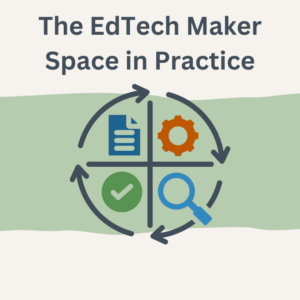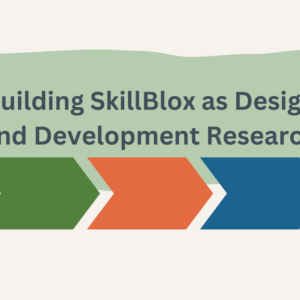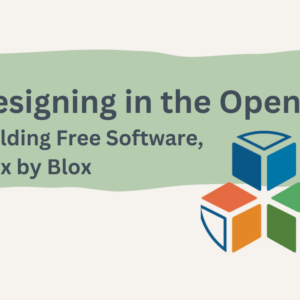
The overarching purpose of our 21CLEO research is to understand the forces that bolster working learners’ participation in employer supported education and training initiatives. From the beginning we intended to include the participants in our study as research partners. We wanted to arrange activities that gave voice to people who would be impacted by the work, including working learners and others in the learning ecosystem such as workforce development staff, educators, employers, and researchers.
To amplify the voices of the working learners we designed a process that invited them to engage in the research, not just as people to interview and get data from, but also as analysts, helping to interpret the data and to check our understanding of what they told us. For both the working learners and the diverse group of interested parties from whom we sought guidance, we wanted to design a process through which they could weigh in on initial observations, to make sure that we are doing things that are relevant and useful, and to identify things that we missed or that we didn’t get right. In this post we describe one way we worked to achieve this goal through a series of online convenings and conversations.
The process
We planned a series of three convenings, each with a different focus. We invited educators, employers, workforce development specialists, researchers, and others who might be impacted by or care about our emerging findings. We invited working learners, some of whom had expressed interest in a follow up survey, to meet with us in small groups.
For the first set of meetings we presented our persona and described the process that we used to create these archetypes of the range of learners included in our participant group. We asked the participants for their responses, including whether they saw themselves or others that they knew in the persona, if there were persona that were missing, and what other information might be useful to include.
The second set of meetings focused on the analysis of our data that we conducted using Critical Race Theory. We asked for the ways that our analysis was relevant or not relevant to their work and experiences. For this second set of meetings we again met with the working learners in pairs and individually but also discussed the final convening in which the working learners and other interested parties would be in the same convening. The other interested parties met virtually, in a group.
The third convening brought everyone together in one virtual meeting and focused on revisiting the learning ecosystem with attention to worker voice in that ecosystem. The discussions in the three sets of convenings helped show us how our initial research insights resonated, or did not resonate, with these learners and interested parties. We synthesized the discussions from the convenings, which encouraged us to go back into our data with new questions.
Going forward we are sending our revised insights to all convening participants so that we can include their experience, knowledge, and thinking in our findings. We’ll take their responses, synthesize them with our notes from the convenings and write a series of blog posts to share with the field.
This process reflects the value that we place on building a community of inquiry by involving the voices of those who are impacted by our research, in the research itself. We want all of our processes to be as transparent and collaborative as possible. Through this research we have seen that creating a community of inquiry is a powerful way of holding us accountable for our methods and findings and ensuring that the work is relevant outside of the context of this study.




